Let's explore Forgotten Taverns!
Welcome to Forgotten Taverns. By exploring three colonial taverns over 300 years, we will uncover their pivotal role in shaping America's development of our society, economy, and politics. #ForgottenTaverns
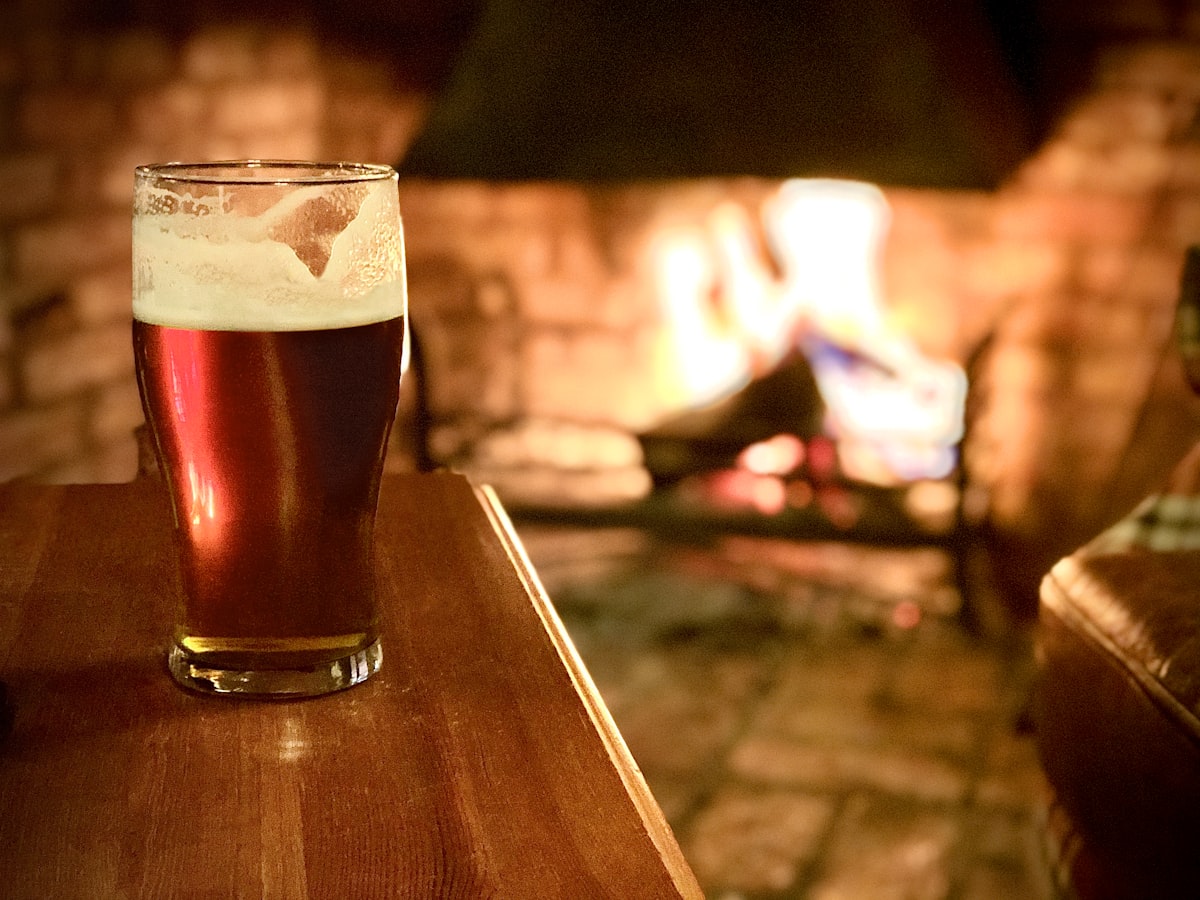
I absolutely love going to old taverns - the older, the better. They just have a special ambiance that instantly relaxes me, and I always leave with such great memories from the conversations and fun had there. I often wonder, is it the smell of the fire burning, or maybe it's just not having to worry about cooking dinner that night? Whatever it is, it feels like it's a part of who we are and our history holds the clues to understanding it all.
It's a shame our high school history books only briefly touch on the facts without delving deeper. So many questions come to mind, like why did people come to America? What were the attractions or were they just running away? What customs did they bring, and how did towns and economies form? And why did the colonists drink hard cider all the time? My physics teacher, Dr. Eakins, once said, "You need to live physics to understand it." And I feel like the same applies here - to truly understand tavern life, we need to put ourselves in the shoes of the tavern owner and understand their environment.
It's amazing to think that taverns have had such an impact on our culture, politics, technology, and trade - both locally and internationally. In Forgotten Taverns, I plan to explore how they were at the crossroads of building America and shaping who we are today. I know many others have taken a general overview of taverns, but I want to take a different approach and focus on three colonial taverns from Andover, Massachusetts - William Chandler's Horseshoe Tavern from the 1600s, Daniel Poor from the 1700s, and Benjamin Jenkins from the 1800s. Andover is fortunate to have many original records, and these taverns showcase the fundamental changes that took place in their lives and our history.
Before I get too deep into history, let's start with something a bit lighter - the origin of some everyday words!
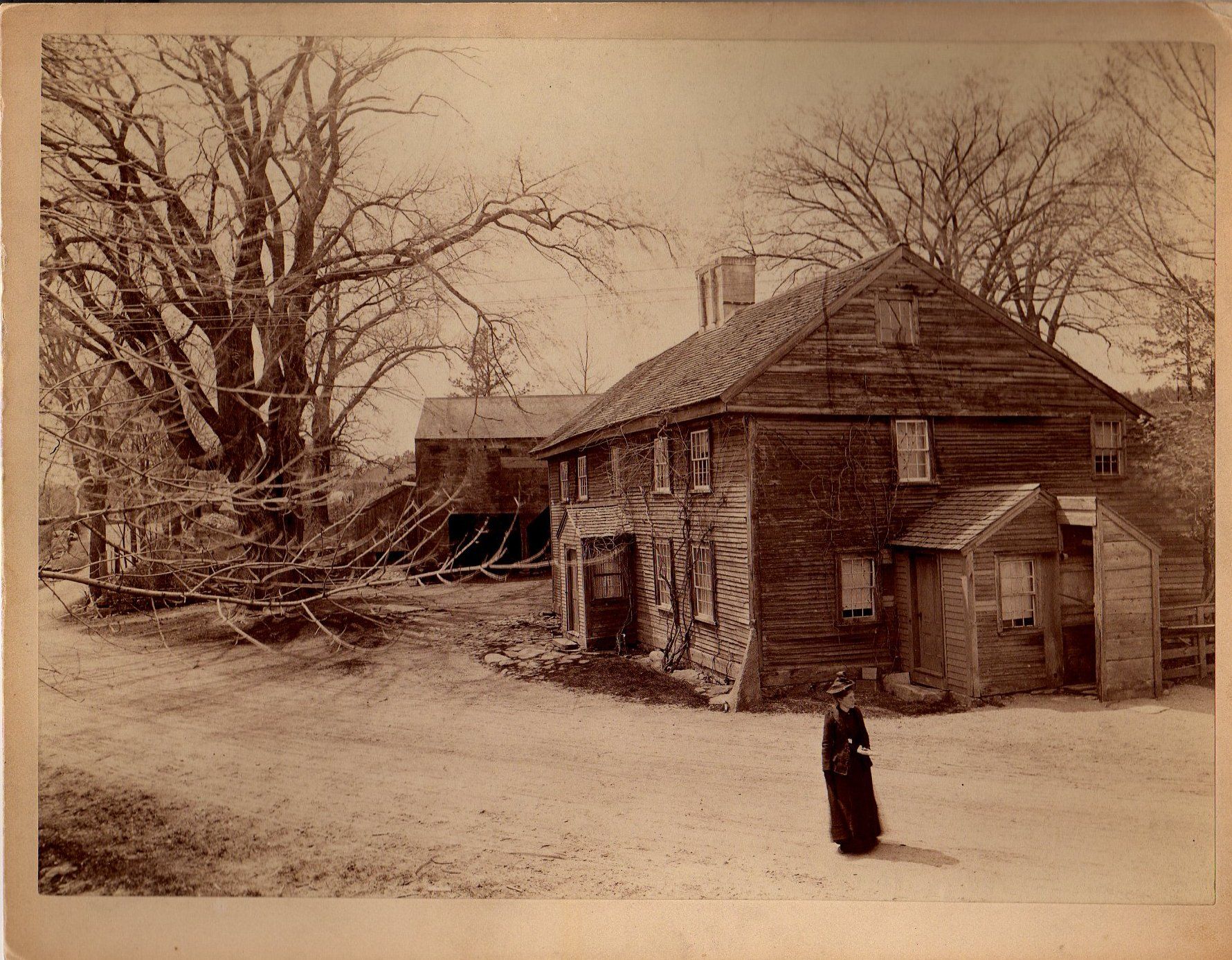
When the first boats arrived on American shores, taverns were commonly known as Ordinaries. This name originated in England, where an ordinary lunch was served at around 2 pm and was accompanied by beer, cider, or wine since drinking water was not recommended. The Ordinary was a friendly place where locals would gather, similar to a present-day diner.
As time went on, the word "ordinary" started to fall out of use and was replaced by the word "tavern". Taverns were larger than the early ordinaries and served as a combination of an inn, restaurant, bar, and gathering place. Taverns have had other names as well, such as Public House (or Pub), tippling house, tap room, or bar. Personally, I prefer the name "bar".
In the 1600s and well into the 1700s, taverns were typically located in the owner's home. The taproom was usually the largest room in the house and had ample seating, tables, and a fireplace for warmth. Instead of chairs, benches were more commonly used. There was also a small storage and serving area built in the corner of the room called a dispensary, which was locked or opened for business with a wooden grate or bars.
It's interesting to note that we now associate the word "dispensary" with a pharmacy and "bar" with a place for drinks, but in the early taverns, the dispensary was the place to dispense drinks and was locked up like a corner cubby with bars.
The taproom had some interesting items worth noting. Near the dispensary was a box labeled "To Insure Promptness" - a TIP. In the seventeenth century, almost every aspect of taverns was regulated and licensed, including the size of a glass and the price of each drink. Rules also forbade drunkenness, but they were generally ignored. That's why TIPs and other tactics to encourage drinking were used.
To drink to one's health was more than an idle phrase in the seventeenth century. It's uncertain when the phrase started, but it was so common that many wrote about toast after toast. I'm sure every tavernkeeper encouraged drinking to one's health and even created drinking games to increase consumption, given the regulated price per drink.
While it's true that most taverns primarily served beer and cider, by the end of the seventeenth century, rum became the main drink of choice. Rum had many names, including Rhum, Rumm, Barbados Brandy, Ocuby (ah-coobee) as used by the Indians (it was against the law to serve Indians), and Kill-Devil. Kill-Devil was introduced to Massachusetts Bay Colony by 1651 - maybe even earlier. It's understandable why the name Kill-Devil was so popular. Rum is distilled molasses, the byproduct of sugar production. Given that it was industrial waste and distilling processes were crude and used lead pipes, Kill-Devil was a harsh dark rum that could cause serious health problems beyond alcoholism. (Lead poisoning causes both brain and intestinal issues). Tavernkeepers quickly created many mixed drinks using rum, especially a Flip, which was very popular for over a century. So, I'll leave you with a recipe for a Flip:

Preparation of a Flip
Ingredients
- 8 oz. strong beer or ale
- 2 tsp. sugar -or- 1 tsp. molasses
- 1-1/2 oz. (1/3 gill) of rum
- 1 beaten egg
Step 1
Pour in 8 oz. of spicy ale into an Earthen Pitcher. Add 2 teaspoons of sugar or 1 teaspoon of molasses, 1-1/2 oz. (1/3 gill) of rum, and 1 beaten egg.
Step 2
Put in a red-hot loggerhead (poker) from the fire into mix.
Step 3
Serve in a flip glass (a glass larger than a typical beer glass) and garish with nutmeg.
For my first attempt at making a Flip, I used one bottle (12 oz.) of Smithwick’s red ale, which is a spicy Irish ale with over 300 years of history. I also used Myers’s Rum Original Dark. So, what did I learn? Well, a Flip is a warm, spicy, and smooth drink with a hint of smoky molasses. However, even after increasing the amount of beer to 12 oz. and frothing the mixture, my drink only filled one-half of my old flip glass. I realized that the actual quantity of beer and rum needed to adequately fill my old glass must have been a lot more, like 16 or 24 oz. of beer. That is a lot to drink!
Next time, I plan to try using a spiced-up beer and Screech Rum, which is a strong rum from Nova Scotia that more closely resembles Kill-Devil. So, stay tuned for that!
It's interesting to see how the bar, TIP, and drinking to one’s health have survived over time, while a flip, ordinary, and dispensary have evolved and taken on new meanings. Our journey in exploring the history of these drinks and the tavern culture has just begun.
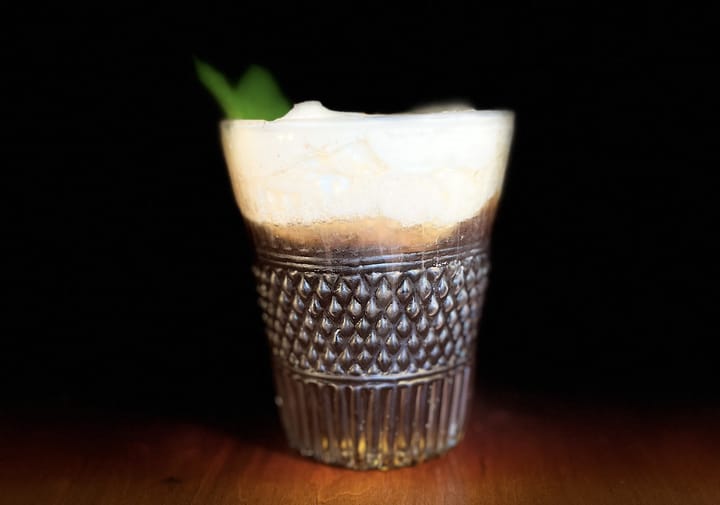
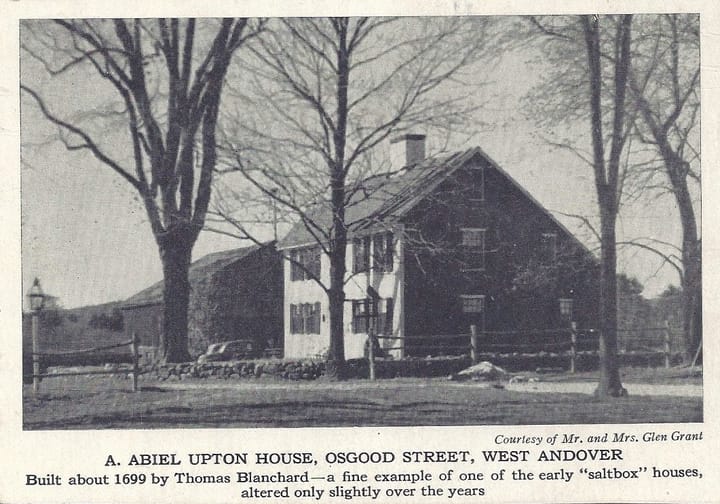
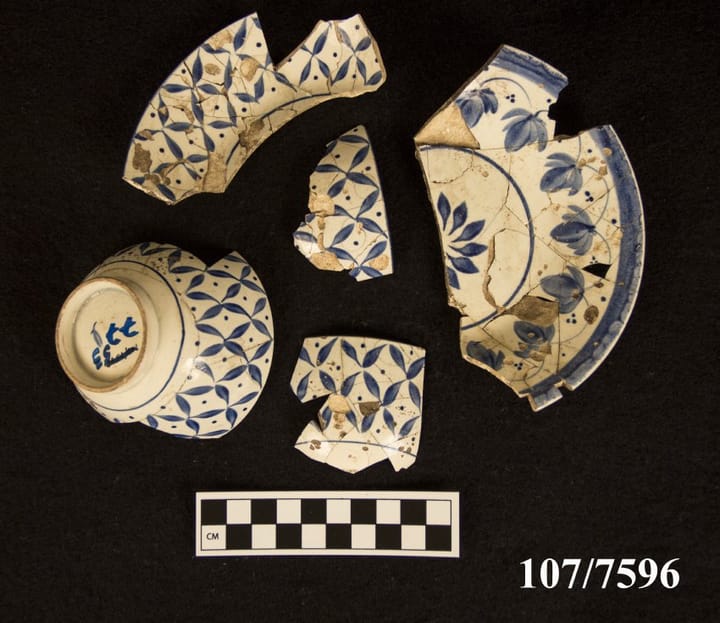
Comments ()